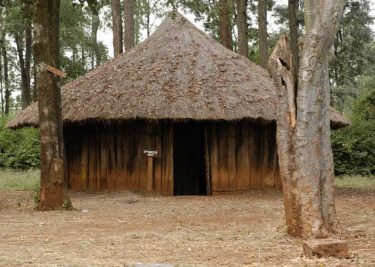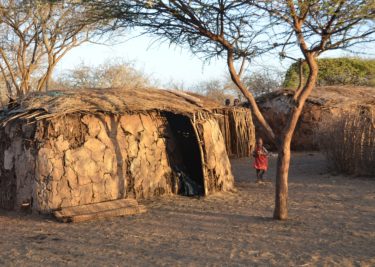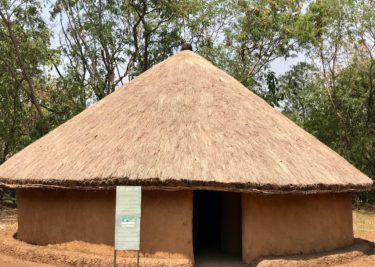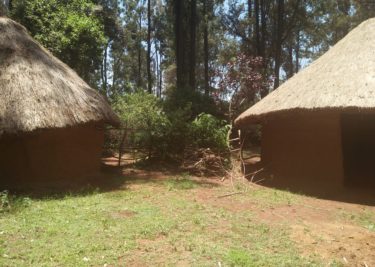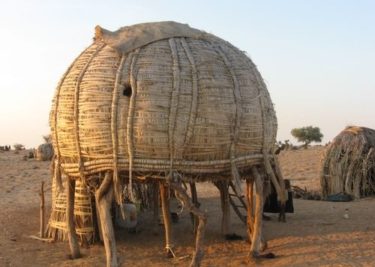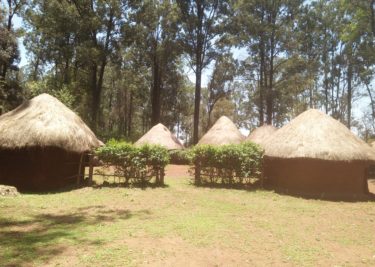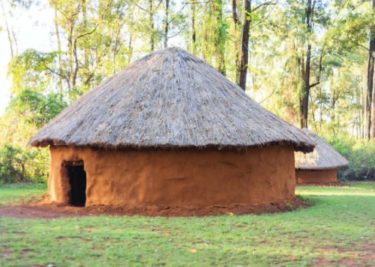April 15, 2021
April 14, 2021
Published by Paukwa on April 14, 2021
Categories
One of the minority communities in Kenya are the Sengwer whose historical occupation consisted of hunting and gathering. At present, most Sengwer are farmers who are found within the Cherengany hills area […]
April 13, 2021
Looking at most of the cultural photos shared of Kenya, you will be surprised to know that majority of the people photographed are Samburu –and not […]
April 12, 2021
From fishing, to farming, to rearing livestock, the Luo’s strategic settlement around the resourceful Lake Victoria gave them a variety of occupations to consider. Designing a […]
April 10, 2021
Before the colonial period, Kisii families lived in villages that were divided into two distinct components: homesteads (omochie) and the cattle camp (ebisarate). Omochie was where married men lived with […]
April 9, 2021
The Turkana are Plain Nilotes traditionally occupying the northwestern region of Kenya bordering Uganda and South Sudan. Their main economic activities were pastoralism and fishing. Their houses […]
April 8, 2021
April 7, 2021

